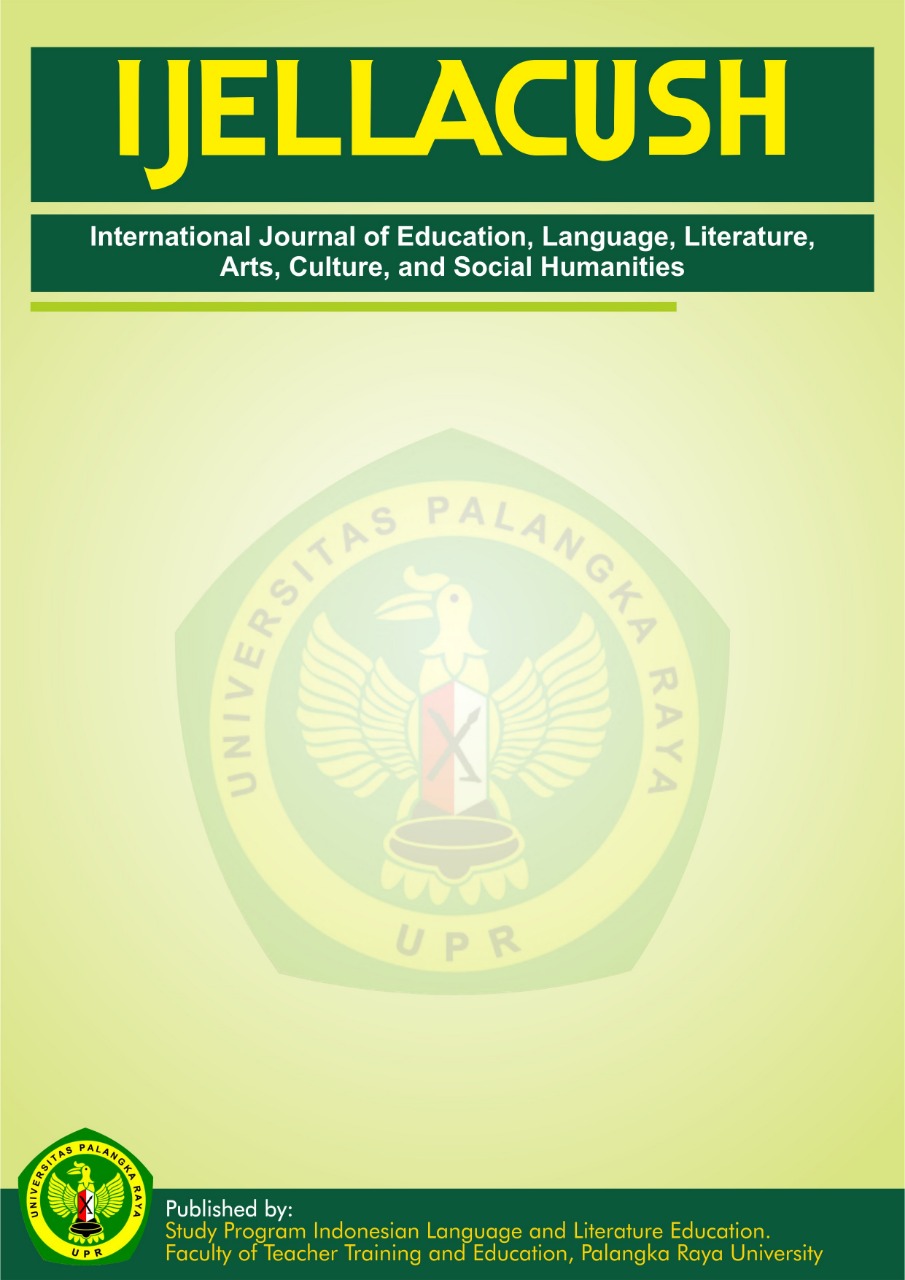Archetype Analysis Of The Main Characters In The Three Stooges
DOI:
https://doi.org/10.59024/ijellacush.v2i3.901Keywords:
Archetype, Drama, Movie, CharactersAbstract
This study delves into the portrayal of character archetypes in "The Three Stooges" through the lens of Jungian psychology, suggesting that by understanding these archetypes, individual can learn to choose and cultivate better personality traits, such as caring for friends, recognizing and managing one's ego, navigating the facade that social situations may necessitate, and addressing feelings of envy. The purpose of this study is to explore the portrayal of character archetypes in "The Three Stooges" through the lens of Jungian psychology, providing nuanced insights into the complexities of character portrayal in fiction. Employing a qualitative descriptive approach, through qualitative analysis and quantitative data, the study offers nuanced insights into character portrayal, enhancing comprehension of psychosocial dynamics in fiction. the research scrutinizes dialogues and scenes to unveil the embodiment of archetypal elements by Moe, Larry, and Curly. As findings the self archetype emerges as predominant having 50%, reflecting their journey towards personal growth and integration of conscious and unconscious elements, followed by the persona archetype with 37%, highlighting adaptation to social norms. Glimpses of the ego archetype having 7% reveal desires, self-perception, and social interactions, while moments depicting the shadow archetype having 7% unveil darker, repressed aspects, illuminating internal conflicts. This research underscores the enduring relevance of archetype theory in literary analysis. The study concludes that "The Three Stooges" predominantly exemplifies the self archetype, with Moe, Larry, and Curly's character portrayals reflecting significant personal growth and integration of conscious and unconscious elements, while also highlighting adaptation to social norms, desires, self-perception, social interactions, and internal conflicts.
References
Bahri, S., Kayla, S. D., & Sekali, R. K. (2022). Archetype Analysis Of The Main Character In Winston Groom’s Movie Forrest Gump. Indonesia: Parafrase (Surabaya).
Dane, J. (2019, April 4). 12-Archetypes: A framework for creating a cast of memorable characters. Kill Zone Blog.
Emerald Insight. (2020). Study on Chinese brand cultural archetype. Journal of Consumer Marketing.
Fitzgerald, C. (2023). Character development in higher education using classical archetypes. London: Taylor & Francis.
Green, M. C. (2019). Archetypes and narrative processes. ResearchGate.
Georgios Georgiu, 2020. An Introduction to Issues In General Linguistics. Nicosia: Cambridge Scholars.
Journals of Chernivtsi National University. (2023). Linguistic peculiarities of the female character archetype. Journal of Philology and Cultural Studies.
Jurnal Teknokrat. (2019). Situational archetype analysis on main characters in Nikolaj Arcel's A Royal Affair. Journal of Arts and Education.
Kennedy, X, J, 1983. Literature: an Introduction to Fiction, Poetry, and Drama. Boston: Pearson Longman.
Nantz, T. (2019, November 12). 12 character archetypes to help you create your heroes. Jerry Jenkins.
Nurdayanti, C., Natsir, M., & Lubis, I. S. (2020). The Archetype Analysis Of Main Character In Hush, Hush Novel. Samarinda: Ilmu Budaya: Jurnal Bahasa, Sastra, Seni Dan Budaya.
Polvinen, M., & Sklar, H. (2019). Mimetic and synthetic views of characters: How readers process “people” in fiction. UK: Cogent Arts & Humanities.
Toussaint, L. (2024). A theoretical foundation for classical character archetypes. Journal of College and Character, 24(1).
Van Raalte, C. (2021). The poetics of obsession: understanding Kathryn Bigelow’s characters. England: New Review of Film and Television Studies.
Downloads
Published
How to Cite
Issue
Section
License
Copyright (c) 2024 International Journal of Education, Language, Literature, Arts, Culture, and Social Humanities

This work is licensed under a Creative Commons Attribution-ShareAlike 4.0 International License.








